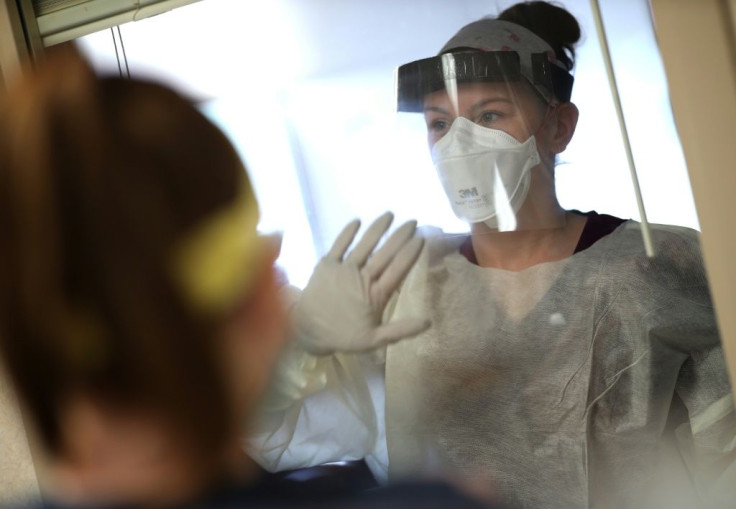Coronavirus Update: Almost Every Hospitalized COVID-19 Patient Reportedly Has Other Underlying Health Conditions
A majority of COVID-19 patients who have been hospitalized have at least one underlying health issue, a new study of individuals in New York City revealed.
The study, published in the Journal of the American Medical Association (JAMA), was conducted to understand more about hospitalized COVID-19 patients within the Northwell Health System, which currently has the largest number of coronavirus cases in the U.S.
There has been limited information pertaining to the presenting characteristics and outcomes of U.S. COVID-19 patients who required hospitalization. Thus, the researchers of this study sought to describe the characteristics and outcomes of coronavirus patients in a U.S. health care system. The study included all hospitalized patients between March 1, 2020, and April 4, 2020.
The findings of the study revealed the following:
- The median age of the hospitalized COVID-19 patients was 63
- 94% of them had at least one comorbidity including asthma, cancer, COPD, morbid obesity, chronic kidney disease, end-stage kidney disease, HIV, cirrhosis, Hepatitis B, hepatitis C, obstructive sleep apnea and history of solid organ transplant.
- The most commonly reported ailments included hypertension, obesity, and diabetes
- 14% of them were admitted to the intensive care unit
- 12% were placed on ventilators and 3% had kidney replacement therapy
- Among patients who died, those with diabetes were more likely to have been placed on ventilators
“Having serious comorbidities increases your risk. This is a very serious disease with a very poor outcome for those who have severe infections from it. We want patients with serious chronic disease to take a special precaution and to seek medical attention early, should they start showing signs and symptoms of being infected. That includes knowing that they’ve been exposed to someone who has this virus,” TIME quoted Karina Davidson, one of the study’s authors and senior vice president for the Feinstein Institutes for Medical Research.
Older individuals, men, and those with underlying health conditions such as diabetes, hypertension were highly prevalent in this case series and the pattern was similar to data reported from China. However, mortality rates were significantly lower.
The limitation of the study is that the absence of data pertaining to those who remained hospitalized at the final study date may have biased the findings.
“However, mortality rates in this case series were significantly lower, possibly due to differences in thresholds for hospitalization. This study reported mortality rates only for patients with definite outcomes (discharge or death), and longer-term study may find different mortality rates as different segments of the population are infected. The findings of high mortality rates among ventilated patients are similar to smaller case series reports of critically ill patients in the US,” said the researchers.

© Copyright IBTimes 2024. All rights reserved.






















